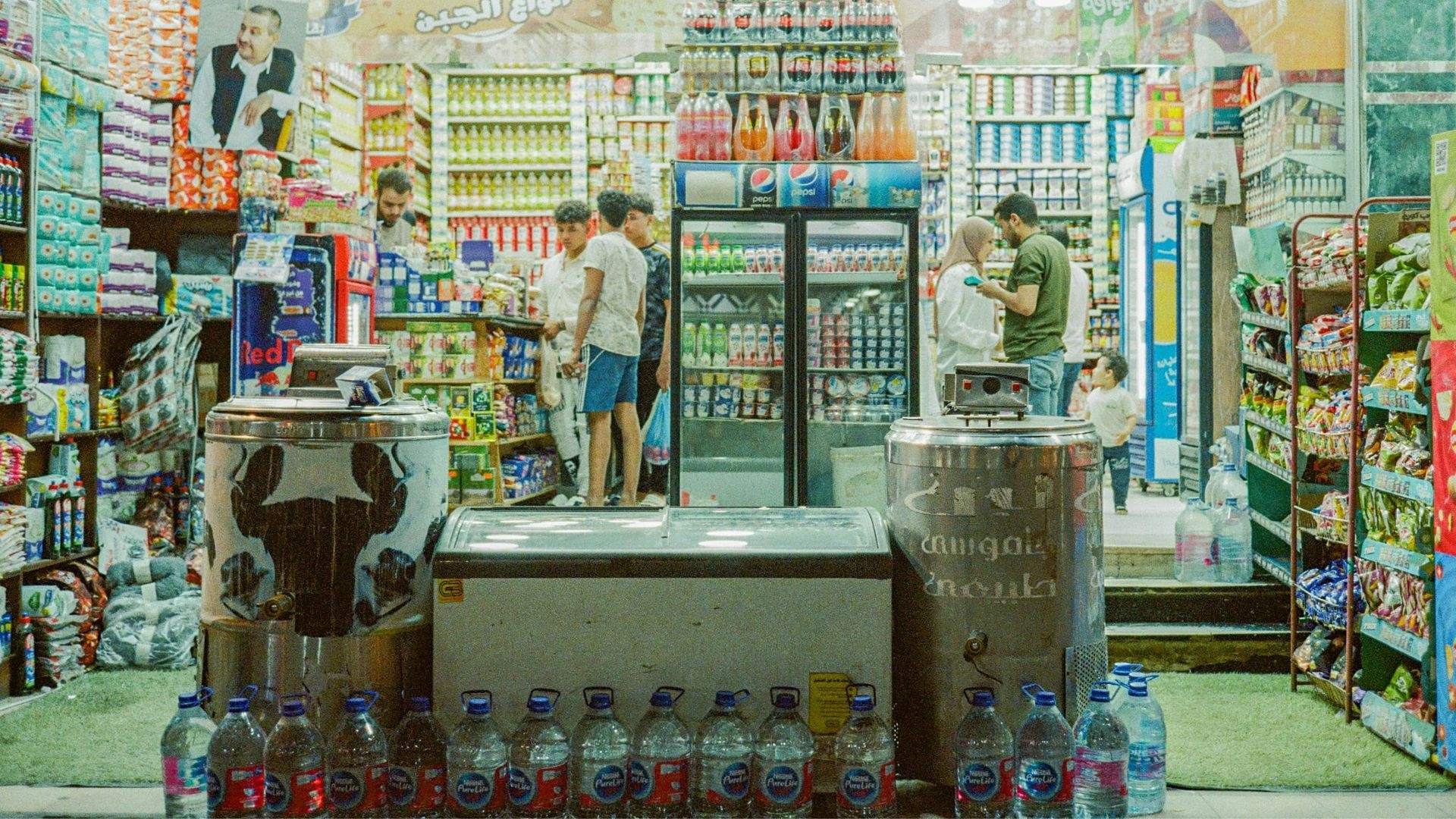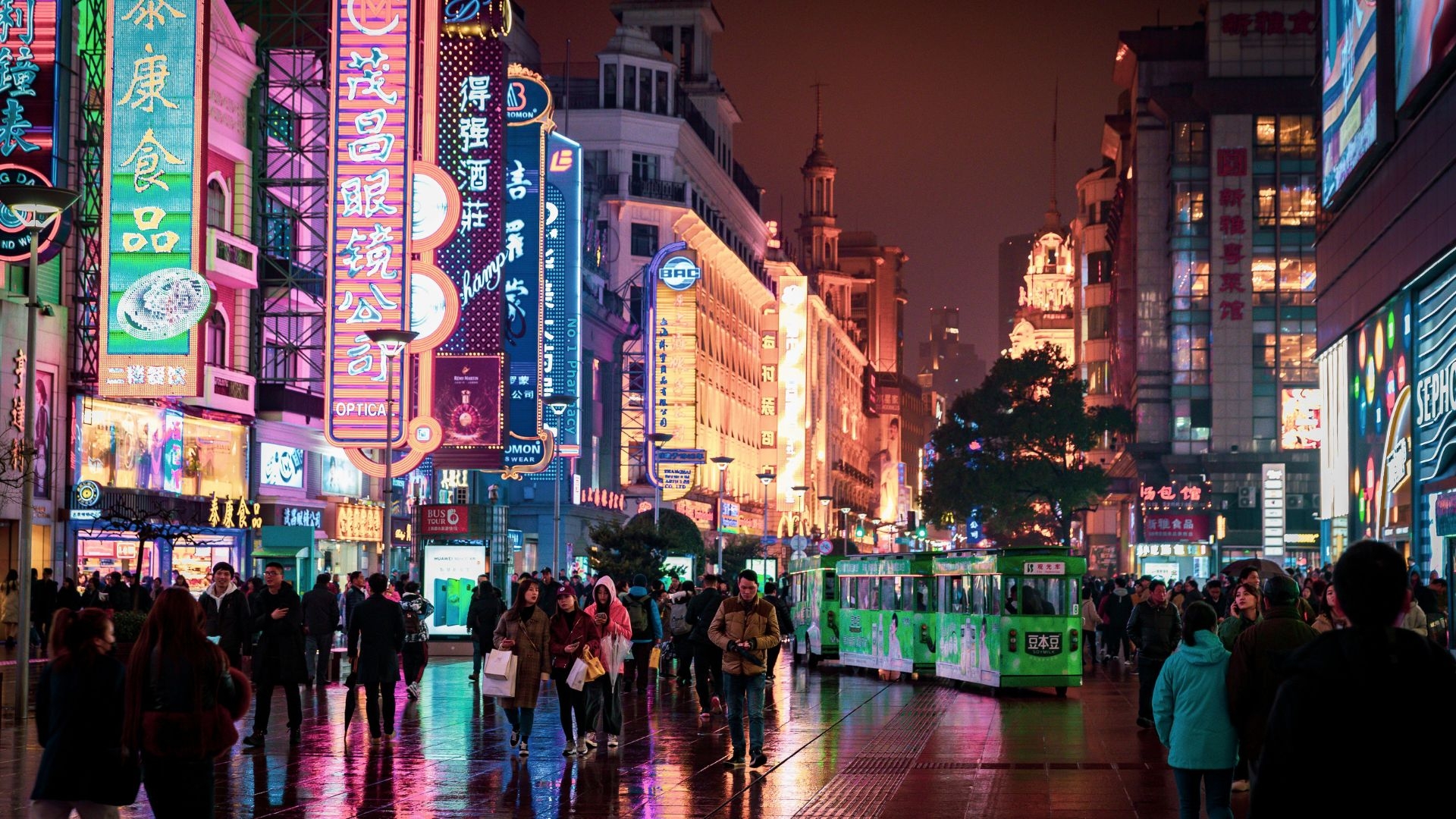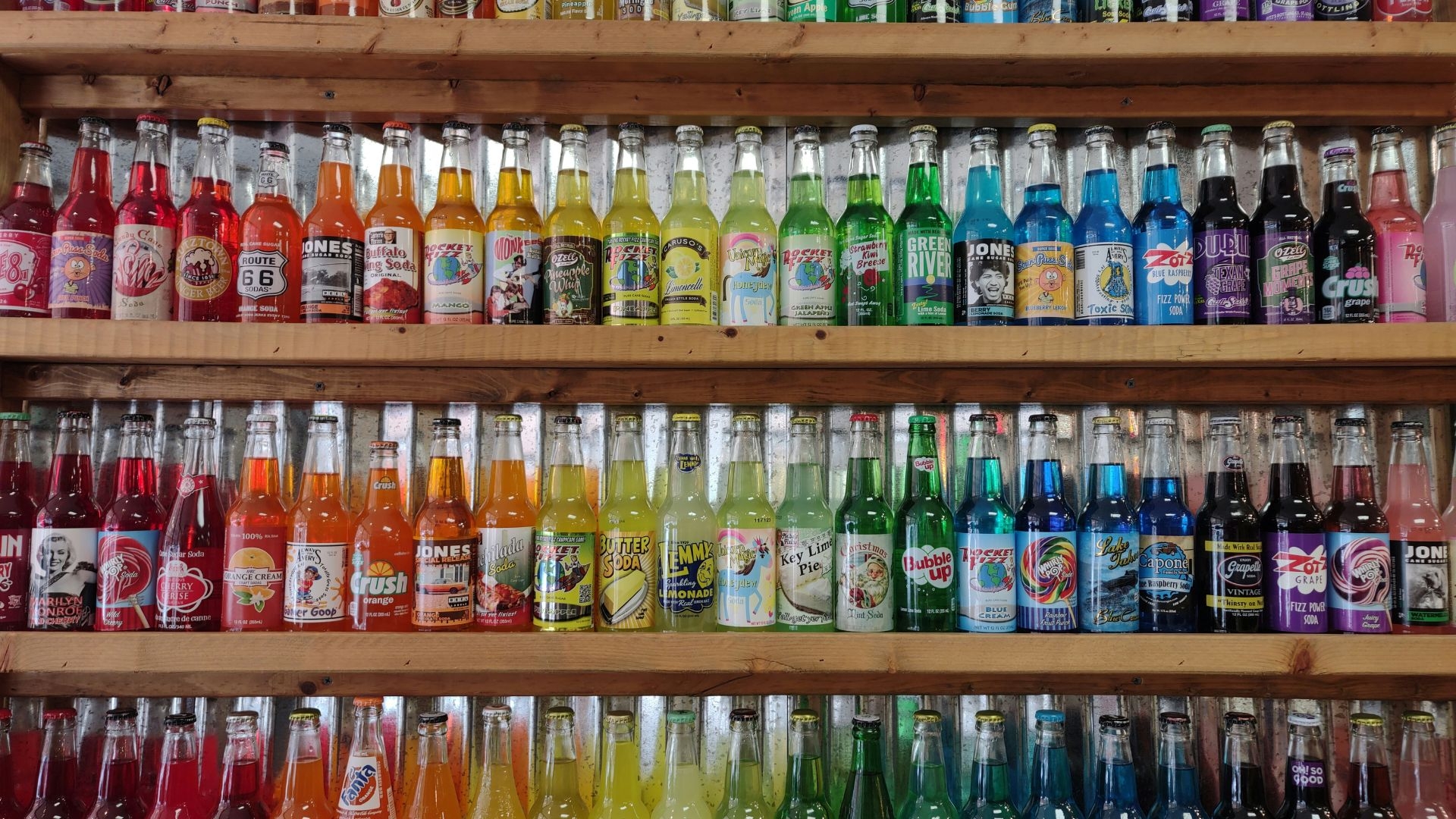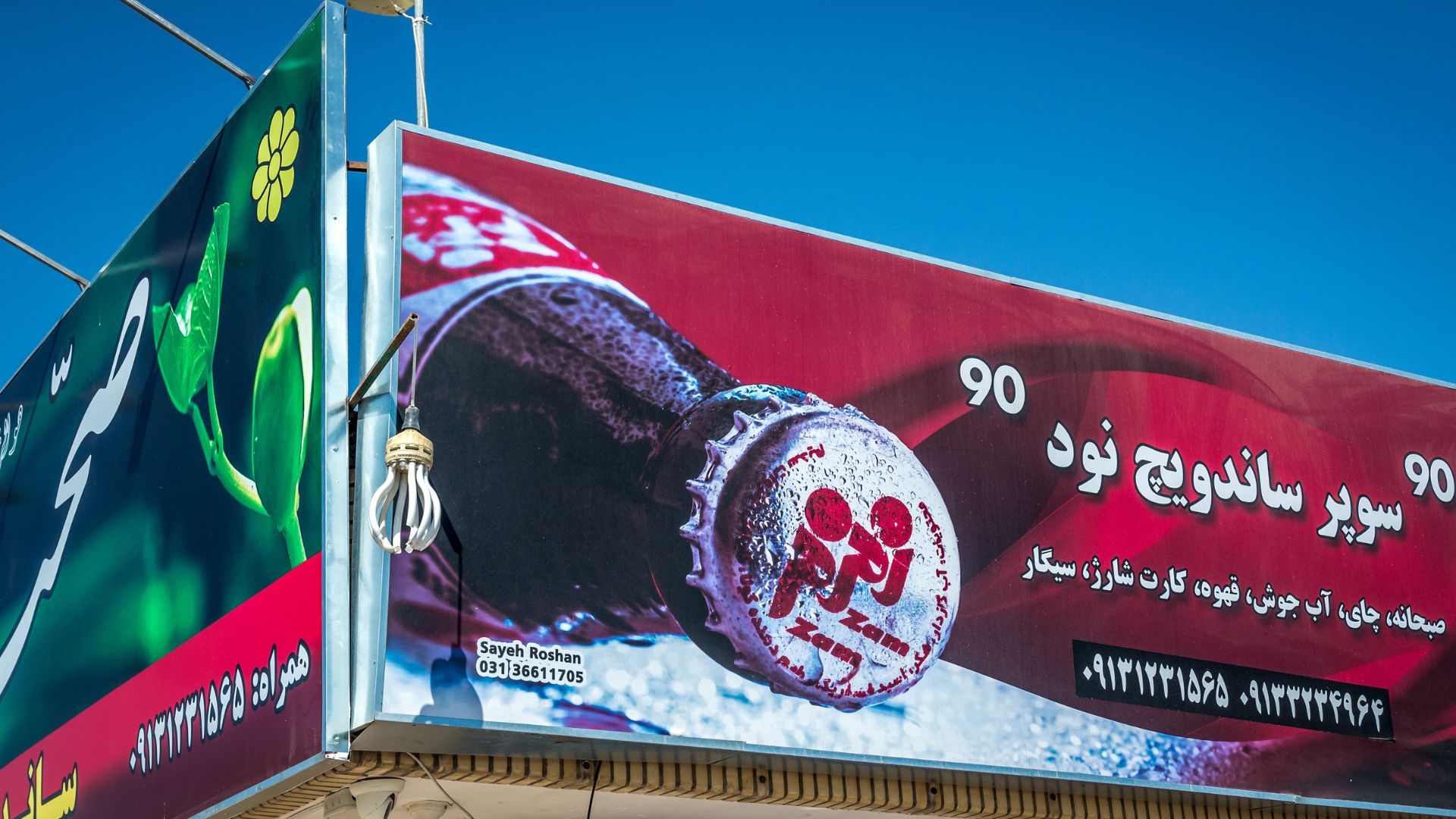A post by
Susanne Blüml
PR Manager
YONTEX GmbH & Co. KG

Current market data from the German Engineering Federation (VDMA) – the conceptual sponsor of drinktec – shows that global demand for machinery and equipment for the production, filling and packaging of beverages and liquid foods is growing. The markets in North Africa and the Middle East are no exception; in fact, the industry is experiencing remarkable growth in these regions.
Released on 04/08/2025

A post by
Susanne Blüml
PR Manager
YONTEX GmbH & Co. KG
Global demand for machines and equipment for the production, filling and packaging of beverages and liquid foods continues to grow.
The MENA (Middle East and North Africa) food and beverage industry is no exception. The sector is experiencing remarkable growth and dynamism, fueled by rising consumption, rapid urbanization, and shifting consumer preferences.
North Africa serves as a strategic gateway for European machinery exports, with Algeria – Africa’s largest country – offering significant opportunities for international business expansion due to its pivotal location between Europe and Africa.
Similarly, Egypt, situated at the crossroads of the Middle East and Africa, is adapting to economic challenges such as high inflation and currency devaluation by accelerating local production, particularly in the F&B sector.
In the Gulf, Saudi Arabia – the region’s largest economy – is actively diversifying beyond oil, creating a wealth of opportunities for growth and investment in food and beverage industries.
The global food and beverage industry is one of the most dynamic growth sectors and is the most important industrial sector in many countries. However, the industry is also characterized by strong competition, price pressure, numerous product innovations and ever shorter product life cycles. Continuous investment in high-performance technologies to increase efficiency, flexibility and sustainable production and packaging processes is reflected in a high demand for machines.
According to VDMA, the global trade volume of food processing and packaging machinery has been increasing continuously for years and reached a preliminary high of 52.6 billion euros in 2023. In the 10-year review period from 2014 to 2023, international foreign trade in food processing and packaging machinery amounted to 428 billion euros based on export data from 52 industrialized countries. This corresponds to a periodic growth of 46 percent in total.
The total investments of the global beverage and liquid food industry are likely to be significantly higher, as the total demand also includes the machines procured in the respective local market. In addition, machines and components that are used in the beverage and liquid food industry but are assigned to other statistical groups must also be included, such as stretch blow moulding machines or water treatment technology.
This makes the supplier industry for the production and packaging of food and beverages one of the largest mechanical engineering segments, which is also significantly less affected by economic fluctuations than many other capital goods sectors.
The most important global sales region for food and packaging machinery is Europe with a 41 percent share. Asia is the second most important region with a share of 19 percent. North America is close behind in third place with 18 percent. It is followed by the Middle East/Africa with 10 percent, Latin America with 9 percent and Australia/Oceania with 3 percent.
Machinery exports to Algeria are rising again
Global exports of food and packaging machinery to Algeria reached their highest level to date in 2015 at 523 million euros, while in the coronavirus year 2021 they fell by more than half to a low of 214 million euros. Starting from this low level, the trend in the following years pointed upwards again, with exports rising to just under 300 million euros in 2023, an increase of 26 percent over the previous year. With machinery worth 109 million euros and a share of 38 percent, Italy was by far the most important supplier of machinery to Algeria in 2023, followed by Turkey with 49 million euros and China with 40 million euros. In 2023, Germany ranked fifth among Algeria's main suppliers, behind France, with machinery worth 33 million euros and a share of 12 percent. For 2024, VDMA data shows a continued upward trend in global exports to Algeria, with preliminary figures indicating a value exceeding 415 million euros.
For visitors from the whole MENA region, the presence at drinktec – the leading international trade fair for the beverage and liquid food industry – is of great importance in view of the expected economic growth in the region. Presenting machinery and equipment to international trade visitors and making contacts worldwide is an important component of global activities. At drinktec, exhibitors and visitors will find the highest density of experts and the widest range of innovations.
The future prospects for technology providers are positive, as the global beverage industry is growing. As reported by the VDMA, the global sales volume of soft drinks will increase by 16 percent to 972 billion litres by 2028. The association refers to data from the British market research institute Euromonitor International. The industry is essentially facing a two-speed growth model. Mature markets are focusing on premiumisation through promising functional innovations and blurring categories (health and indulgence).
In emerging consumer markets, volume growth is driven by improved accessibility and affordability that takes into account both local tastes and local economic realities.
According to Euromonitor, consumption of non-alcoholic beverages in the Middle East and Africa is expected to rise by 28 percent to 236.5 billion litres by 2028 overall, placing the region second behind Asia and ahead of North America in global terms. This growth rate for soft drinks is the highest worldwide, although per capita consumption is still very low in many countries.
At 105.4 billion litres, bottled water accounted for 72 percent of soft drink consumption in the Middle East and Africa in 2024, followed by carbonated soft drinks with 30 billion litres (21 percent) and juices with 6.7 billion litres (just under 5 percent). According to Euromonitor, bottled water consumption in the Middle East and Africa is expected to increase by 30 percent to 137 billion litres by 2028.
In the overall African market for soft drinks, Algeria ranked fifth among the top 10 countries in 2024, with consumption of 3.5 billion litres, or just under 2 billion euros. Comparing consumption within the MENA region alone, Algeria ranks ninth, while Egypt and Saudi Arabia accounted for the largest share of consumption with 12.8 billion litres and 11.4 billion litres, respectively.
For the period from 2024 to 2028, moderate volume growth of just under 9 percent is expected for soft drinks in Algeria. Inflation though is making consumers more price-sensitive and prompting them to switch to cheaper brands. At the same time, stronger competition in local production and new products are stimulating demand. The trend toward health and wellness is gaining momentum, with consumers increasingly avoiding sugar and sweeteners. Nevertheless, falling incomes and cautious spending are shaping consumer sentiment.
In Algeria, bottled water ranked first among soft drinks with 1.3 billion litres in 2024. According to Euromonitor, a moderate increase of 9 percent to 1.4 billion litres is expected by 2028. Carbonated drinks are in second place with 1.1 billion litres in 2024 and a growth forecast of 7 percent to 1.2 billion litres by 2028, closely followed by juices with 1 billion litres and an expected increase of 9 percent to 1.16 billion litres. All other soft drinks, such as energy drinks and concentrates, follow far behind and play hardly any role.
The Algerian dairy industry is also making progress and recorded significant growth in 2024. Health and wellness trends are promoting interest in a balanced diet, with drinking milk particularly popular among many Algerian families. At 2.8 million tons, drinking milk products accounted for 72 percent of total consumption of all dairy products, which is expected to increase by a further 8 percent by 2028. Convenience products such as drinking yogurt are also popular, and new flavours are further boosting demand. Natural yogurt, fruit yogurt, and, increasingly, Greek yogurt are popular, with consumption of 711,000 tons per year, which is expected to increase by a further 12 percent by 2028.
Other markets in the region are expected to experience even stronger growth. Iran remains by far the largest market for drinking milk, sour milk, and yoghurt products in the MENA region, with forecasted growth of just under 25percent.
Smaller dairy markets such as Saudi Arabia, Egypt, and Iraq are also projected to grow significantly, with Euromonitor estimating increases between 20 percent and 40 percent. Egypt, for example, is actively working to reduce the high levels of spoilage in fresh produce, particularly in the dairy sector, which is currently undergoing major transformation. At the same time, local production is being ramped up to lessen reliance on imports and to secure supply for its expanding population.

Market data
A post by Susanne Blüml
Read more

Market data
A post by Susanne Blüml
Read more

Market data
A post by Eugene Gerden
Read more

Market analysis
A post by Yogender Malik
Read more